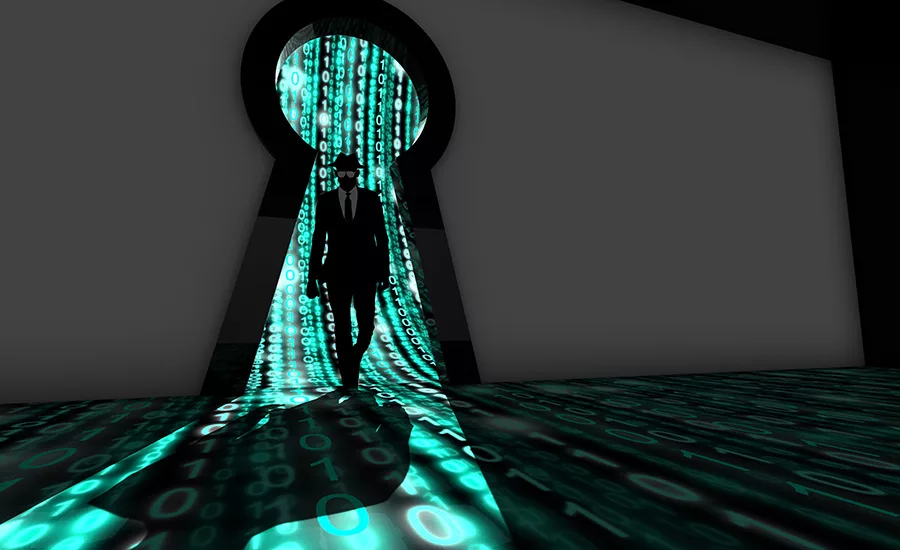What the Most Common Passwords of 2016 List Reveals

According to a new study, nearly 17 percent of users are safeguarding their accounts with “123456.”
Keeper, a password manager company, scoured 10 million passwords that became public through data breaches that happened in 2016. It found:
- The list of most-frequently used passwords has changed little over the past few years.. That means that user education has limits. While it’s important for users to be aware of risks, a sizable minority are never going to take the time or effort to protect themselves. IT administrators and website operators must do the job for them.
- Four of the top 10 passwords on the list – and seven of the top 15 – are six characters or shorter. This is stunning in light of the fact that, today’s cracking software and hardware can unscramble those passwords in seconds. Website operators that permit such flimsy protection are either reckless or lazy, Keeper said.
- The presence of passwords like “1q2w3e4r” and “123qwe” indicates that some users attempt to use unpredictable patterns to secure passwords, but their efforts are weak at best. Dictionary-based password crackers know to look for sequential key variations. At best, it sets them back only a few seconds.
- Email providers don’t appear to be working all that hard to prevent the use of their services for spam. Security expert Graham Cluley that the presence of seemingly random passwords such as “18atcskd2w” and “3rjs1la7qe” on the list indicates that bots use these codes over and over when they set up dummy accounts on public email services for spam and phishing attacks. Keeper says that email providers could do everyone a favor by flagging this kind of repetition and reporting the guilty parties.
Click here for a list of the 25 most common passwords of 2016.
Looking for a reprint of this article?
From high-res PDFs to custom plaques, order your copy today!





